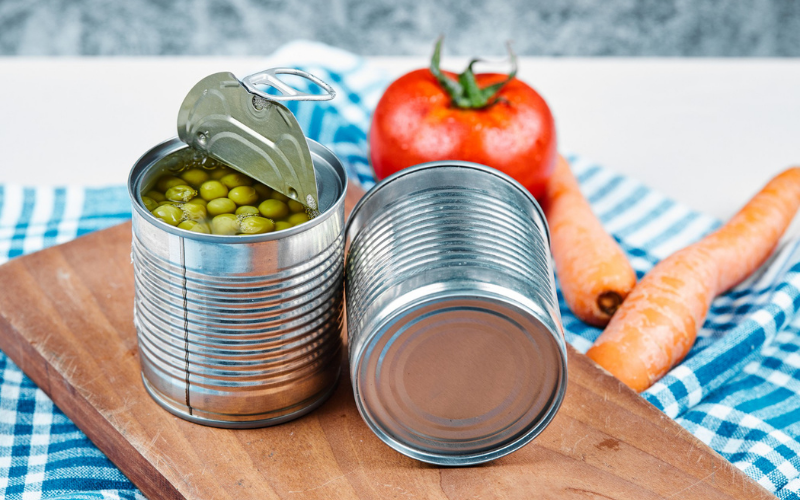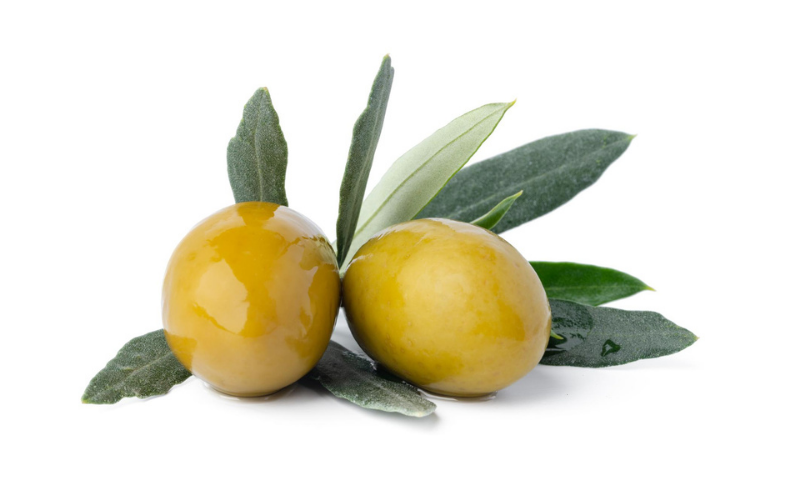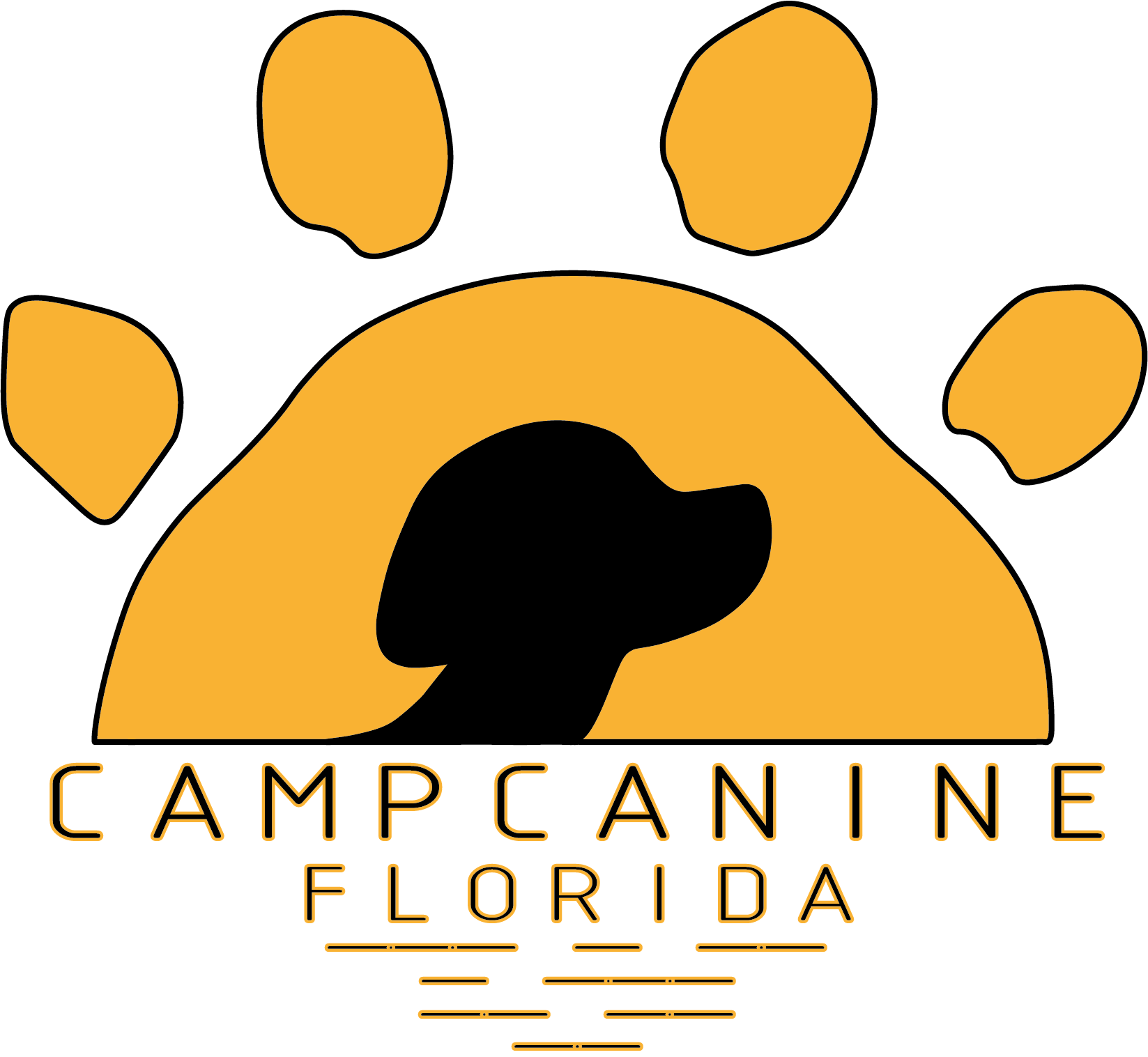Can dogs eat olives? As a pet owner, you may be wondering whether this popular snack is safe for your furry friend to consume. Olives are often found in various dishes, from pizzas to salads, and they may be tempting to share with your dog. However, it’s important to know whether olives are safe for dogs to eat and what potential risks they may pose. In this article, we’ll take a closer look at the question “Can dogs eat olives?” and provide you with all the information you need to make an informed decision about whether to include this food in your dog’s diet.
What are olives?
Olives are a type of fruit that grow on trees in the Mediterranean region, South America, and other parts of the world with warm climates. They have a small, oval shape and a smooth, shiny skin that can range in color from green to black. Olives are commonly used in cooking, particularly in Mediterranean cuisine, and they can be found in a variety of dishes such as salads, pizzas, and pasta sauces. Olives can also be eaten as a snack or used to make olive oil, which is a popular cooking oil with many health benefits.
Can dogs have olives?

Yes, dogs can have olives in moderation. Olives are not toxic to dogs, but they are high in fat and sodium, which can be unhealthy for dogs if consumed in large amounts. While olives may be safe for some dogs to eat as an occasional treat, it’s important to keep portions small and avoid feeding them frequently. As with any new food, it’s important to introduce olives gradually and monitor your dog for any signs of digestive upset or allergic reaction.
What types of olives are safe for dogs?
When it comes to feeding olives to dogs, it’s necessary to choose the right type of olive to prevent risks from your pup.
Can dogs eat olives from the tree?
It is not recommended to let your dog eat olives straight from the tree. Olives that have not been processed or prepared can be very bitter and can cause gastrointestinal upset, such as vomiting or diarrhea, in dogs. In addition, olives from the tree may contain pits or stems that can be a choking hazard or cause digestive blockages if ingested.
Therefore, it’s best to only offer your dog olives that have been properly prepared and are safe for consumption. If you have an olive tree and are unsure whether the olives are safe for your dog to eat, it’s best to consult with your veterinarian.
Can dogs eat black olives?
Yes, dogs can eat black olives in moderation. However, you must note that black olives are high in fat and sodium, which can be unhealthy for dogs if consumed in large amounts. Additionally, black olives may be preserved with certain chemicals, such as ferrous gluconate or ferrous sulfate, which can be toxic to dogs if ingested in large amounts. Therefore, it’s best to only offer your dog a small amount of black olives as an occasional treat, and make sure they have been properly prepared and preserved without any harmful chemicals.
Can dogs eat green olives?
Yes, dogs can eat green olives. Green olives are typically less ripe than black olives and may have a milder flavor. As with black olives, it’s important to keep portions small and only offer green olives as an occasional treat due to their high fat and sodium content. Also, it’s important to make sure the olives have been repaired and kept without any toxins that could be dangerous.
Can dogs eat olives oil?
Yes, dogs can eat olive oil in moderation. Olive oil is a healthy source of fat and can provide some nutritional benefits for dogs, such as improving skin and coat health and reducing inflammation. However, olive oil is very high in calories and can cause weight gain if consumed in excess.
Furthermore, olive oil should only be offered as a supplement to a balanced diet and not as a replacement for other important nutrients that dogs need to stay healthy. It’s also important to choose high-quality olive oil that has not been mixed with other oils or additives that may be harmful to your dog.
So, how often can dogs have olive oil? In general, olive oil can be offered to dogs on a weekly basis, mixed in with their regular food. However, if you want to offer olive oil to your dog more frequently, it’s important to do so with your veterinarian’s approval. Your vet can help you determine the appropriate amount of olive oil to offer your dog based on their age, size, and overall health.
Can dogs eat olives in brine?
Dogs can eat olives in brine, but it’s important to keep portions small and only offer them as an occasional treat. Olives that are canned or jarred in brine may contain high amounts of sodium, which can be harmful to dogs if consumed in large amounts. Additionally, some olives may be preserved with certain chemicals, such as ferrous gluconate or ferrous sulfate, which can be toxic to dogs if ingested in large amounts.
If you want to offer your dog olives in brine, choosing high-quality olives that are preserved without any harmful chemicals is a must-do. You should also rinse the olives thoroughly to remove excess sodium before feeding them to your dog. As with any new food, it’s important to introduce olives in brine gradually and monitor your dog for any signs of digestive upset or allergic reaction.
Can dogs eat canned olives?
Canned olives are safe for dogs to consume, but certain brands may have been preserved with salt or other substances that might be dangerous if ingested in large amounts. Additionally, canned olives may be flavored or stuffed with ingredients that could be problematic for some dogs, such as garlic or cheese.
Are olives good for dogs?

Olives can provide some health benefits for dogs when fed in moderation. Here are some potential health benefits of olives for dogs:
- Antioxidants: Olives contain antioxidants, which can help reduce inflammation and support overall health.
- Healthy fats: Olives are a good source of healthy fats, such as monounsaturated fats, which can help improve skin and coat health, promote healthy brain function, and support the immune system.
- Vitamins and minerals: Olives contain several important vitamins and minerals, such as vitamin E, iron, and copper, which can support overall health and wellbeing.
- Fiber: Olives are a good source of dietary fiber, which can help promote healthy digestion and prevent constipation.
- Flavor: Many dogs enjoy the taste of olives, which can make them a healthy and enjoyable treat for your furry friend.
However, keep in mind that olives are also high in fat and sodium, so they should only be offered in moderation and as part of a balanced diet
Are olives bad for dogs? What are the risks when feeding your dog?
Olives are not inherently bad for dogs, but there are some potential risks and drawbacks to consider when feeding them to your furry friend. Here are some potential risks of feeding olives to dogs:
- High fat content: Olives are high in fat, which can be unhealthy for dogs if consumed in large amounts. Overfeeding your dog olives can lead to weight gain, digestive upset, and other health problems.
- High sodium content: Olives can be high in sodium, particularly if they are preserved in brine. Too much sodium can lead to dehydration, high blood pressure, and other health problems in dogs.
- Choking hazard: Olives may contain pits or stems that can be a choking hazard for dogs. It’s important to remove the pit and stem before feeding your dog olives.
- Chemical preservatives: Some olives may be preserved with certain chemicals, such as ferrous gluconate or ferrous sulfate, which can be toxic to dogs if ingested in large amounts.
- Allergic reactions: Some dogs may be allergic to olives, which can cause symptoms such as itching, swelling, and difficulty breathing.
What happens if a dog eats olives?
If a dog eats olives, there are several potential outcomes depending on the amount consumed, the type of olive, and the individual dog’s tolerance and sensitivity to the food. Here are some potential scenarios:
- Mild digestive upset: If a dog eats a small amount of olives, they may experience mild digestive upset, such as vomiting or diarrhea. This is usually not a cause for concern and should resolve within a day or two.
- Sodium toxicity: If a dog eats a large amount of olives or olives preserved in brine, they may experience sodium toxicity, which can cause dehydration, vomiting, diarrhea, and other health problems. In severe cases, sodium toxicity can be life-threatening.
- Allergic reaction: If your dog has many symptoms like itching, swelling, and difficulty breathing, and can be life-threatening, it requires immediate veterinary attention.
- Choking hazard: If a dog eats an olive with the pit still inside, they may choke on the pit or suffer from a digestive blockage. This can be a serious health concern and requires immediate veterinary attention.
Overall, it’s important to keep portions small and offer olives to dogs in moderation. If you suspect that your dog has eaten a large amount of olives or is experiencing symptoms such as vomiting, diarrhea, or difficulty breathing, contact your veterinarian immediately.
How to feed olives to your dogs safely?

- Keep portions small: Olives are high in fat and sodium, so it’s important to keep portions small and only offer them as an occasional treat.
- Choose high-quality olives: Choose olives that are preserved without any harmful chemicals
- Remove the pit and stem: Olives may have sharp pits or stems that, if eaten, might induce suffocation or intestinal obstruction. Remember to take off the pit and the stem before feeding them to your dog.
- Rinse the olives: If you’re feeding your dog olives from a can or jar, rinse them thoroughly to remove excess sodium and other potential contaminants.
- Introduce gradually: As with any new food, it’s important to introduce olives gradually and monitor your dog for any signs of digestive upset or allergic reaction.
Consult with your veterinarian: If you have any concerns about feeding your dog olives or any other new food, it’s best to consult with your veterinarian. Your vet can help you determine the appropriate portion size and frequency of feeding based on your dog’s individual needs and health status.
By following these tips, you can ensure that your dog can safely enjoy olives as an occasional treat.
How much olives can dog eat?
As a general rule, it’s best to offer your dog no more than one or two olives at a time, depending on their size and individual dietary needs. For example, a large dog may be able to safely consume one-half to one whole olive as an occasional treat, while a small dog may only be able to safely consume one-quarter to one-half of an olive at a time.
It’s also important to consider the frequency of olive consumption. While olives can be a healthy addition to your dog’s diet in moderation, they should not be a regular part of their daily meals. Instead, offer olives as an occasional treat or supplement to their regular diet.
Can dogs have olives stuffed with?

Dogs can have olives stuffed with certain ingredients, but it’s important to be cautious and avoid any potentially harmful fillings. Here are some general guidelines for feeding olives stuffed with other foods to dogs:
- Cheese: Some olives may be stuffed with cheese, which can be a tasty treat for dogs. However, cheese is high in fat and calories, so it should be offered in moderation.
- Garlic: Olives stuffed with garlic can be harmful to dogs if consumed in large amounts. Garlic is toxic to dogs and can cause symptoms such as vomiting, diarrhea, and anemia.
- Jalapenos or other spicy ingredients: Spicy foods can cause digestive upset and discomfort in dogs, so it’s best to avoid olives stuffed with jalapenos or other spicy ingredients.
- Nuts or seeds: Some olives may be stuffed with nuts or seeds, which can be a choking hazard for dogs. It’s important to remove the pit and stem and check the filling for any potential hazards before feeding stuffed olives to your dog.
- Meat: Olives stuffed with meat can be a tasty and protein-rich treat for dogs. However, you must choose lean, high-quality meat and avoid any meats that are processed or contain added salt or preservatives.
Can dogs eat olives with pimentos?
Yes, dogs can eat olives with pimentos in moderation. Pimentos are a type of sweet pepper that are generally safe for dogs to consume. However, it’s important to keep portions small and only offer olives with pimentos as an occasional treat due to their high fat and sodium content.
Can dogs eat olives with anchovies?
It’s not recommended to feed your dog olives with anchovies. While anchovies are not toxic to dogs, they are very salty and high in sodium, which can be harmful if consumed in large amounts. Additionally, some dogs may be sensitive to the strong flavor and odor of anchovies. It’s best to avoid feeding your dog olives with anchovies and choose a different treat that is lower in sodium and more suitable for dogs.
Alternatives you can give your dog instead of olives?
If you’re looking for healthy treats to offer your dog instead of olives, there are plenty of options to choose from. Here are some alternatives to consider:
Fresh fruits and vegetables
Many dogs enjoy fresh fruits and vegetables such as apples, bananas, carrots, and green beans. These foods are low in calories and rich in vitamins and minerals.
Lean proteins
Lean meats such as chicken, turkey, and fish can provide a healthy source of protein for dogs. You can offer these foods cooked and chopped into small pieces as a tasty treat.
Yogurt
Plain, unsweetened yogurt can be a good source of probiotics for dogs and can help improve digestive health.
Sweet potatoes
Cooked sweet potatoes can be a healthy and low-calorie snack for dogs. They are rich in vitamins and minerals and can be chopped into small pieces for easy feeding.
FAQs
Can olives be used to stuff dog toys?
It’s not recommended to use olives to stuff dog toys. Olives are high in fat and salt, and if they are left in a toy for too long, they can spoil and attract bacteria that could make your dog sick. There are many safe and healthy alternatives to use as stuffing for your dog’s toys, such as peanut butter or dog-safe treats.
Can olive oil be used to treat dry skin in dogs?
Yes, olive oil can be used to help treat dry skin in dogs. Olive oil is rich in vitamin E and antioxidants, which can help soothe and moisturize dry, itchy skin. However, it’s important to use it in moderation and avoid applying it to any open wounds or sores on your dog’s skin.
Can olive oil be used to improve a dog’s coat condition?
Yes, olive oil can be used to help improve the condition of your dog’s coat. The vitamin E and fatty acids in olive oil can help moisturize and nourish your dog’s skin and coat, which can lead to a healthier, shinier coat. However, as with using olive oil to treat dry skin, it’s important to use it in moderation and avoid applying it to any open wounds or sores on your dog’s skin.
Can olives cause seizures in dogs?
There is no evidence to suggest that olives can cause seizures in dogs. However, it’s important to remember that olives are high in fat and sodium, so feeding your dog too many olives could potentially cause other health issues such as digestive upset, obesity, or salt toxicity.
Can dogs eat olives on pizza?
While plain olives are generally safe for dogs to eat in moderation, it’s not recommended to feed your dog olives on pizza. Pizza usually contains other ingredients that are not safe for dogs, such as cheese, tomato sauce, and potentially harmful spices. It’s best to stick to dog-friendly treats and avoid feeding your dog human food that could potentially make them sick.
Conclusion
In general, the answer to the question Can dogs eat olives is that they can, but in moderation. Olives themselves are not toxic to dogs, but they are high in fat and sodium, which can lead to gastrointestinal upset and other health issues if consumed in excess. As always, you should consult with your veterinarian before introducing any new foods to your dog’s diet. And if you found this information helpful, don’t hesitate to share it with other dog owners who may have the same question!

